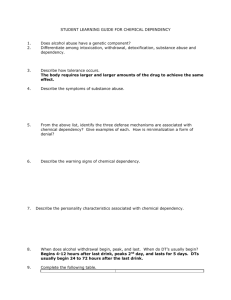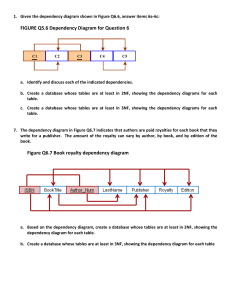List of program outcomes
advertisement
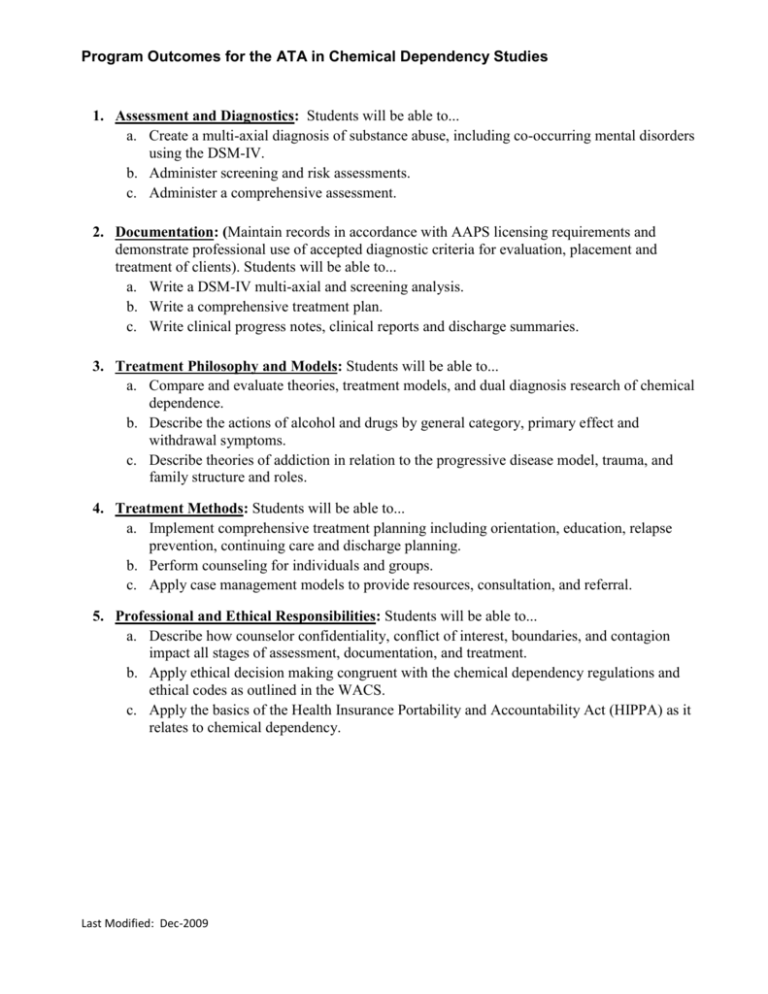
Program Outcomes for the ATA in Chemical Dependency Studies 1. Assessment and Diagnostics: Students will be able to... a. Create a multi-axial diagnosis of substance abuse, including co-occurring mental disorders using the DSM-IV. b. Administer screening and risk assessments. c. Administer a comprehensive assessment. 2. Documentation: (Maintain records in accordance with AAPS licensing requirements and demonstrate professional use of accepted diagnostic criteria for evaluation, placement and treatment of clients). Students will be able to... a. Write a DSM-IV multi-axial and screening analysis. b. Write a comprehensive treatment plan. c. Write clinical progress notes, clinical reports and discharge summaries. 3. Treatment Philosophy and Models: Students will be able to... a. Compare and evaluate theories, treatment models, and dual diagnosis research of chemical dependence. b. Describe the actions of alcohol and drugs by general category, primary effect and withdrawal symptoms. c. Describe theories of addiction in relation to the progressive disease model, trauma, and family structure and roles. 4. Treatment Methods: Students will be able to... a. Implement comprehensive treatment planning including orientation, education, relapse prevention, continuing care and discharge planning. b. Perform counseling for individuals and groups. c. Apply case management models to provide resources, consultation, and referral. 5. Professional and Ethical Responsibilities: Students will be able to... a. Describe how counselor confidentiality, conflict of interest, boundaries, and contagion impact all stages of assessment, documentation, and treatment. b. Apply ethical decision making congruent with the chemical dependency regulations and ethical codes as outlined in the WACS. c. Apply the basics of the Health Insurance Portability and Accountability Act (HIPPA) as it relates to chemical dependency. Last Modified: Dec-2009


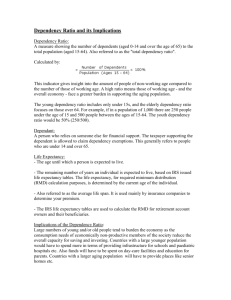




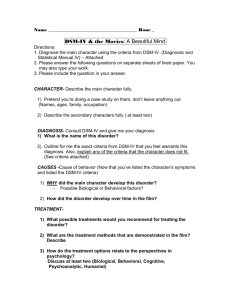

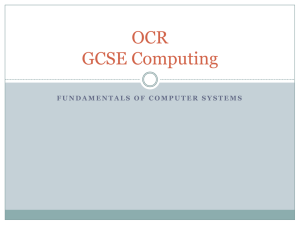
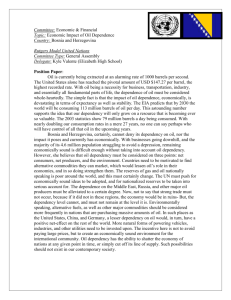


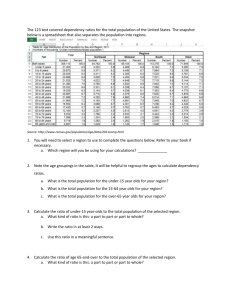
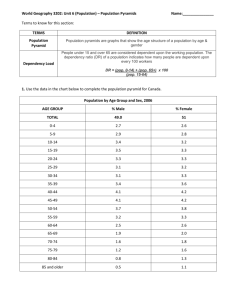

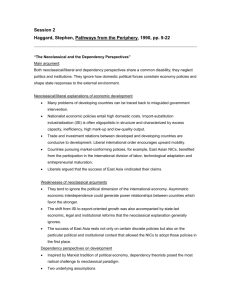
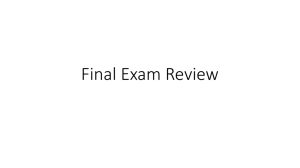
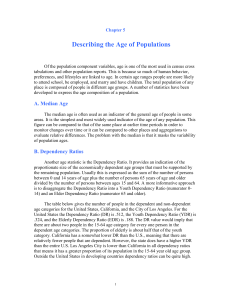
![[#KULRICE-8616] Wrong slf4j-log4j12 version resolved](http://s3.studylib.net/store/data/007509464_1-ab9bda0784a3e51fb3e38df882af1877-300x300.png)
